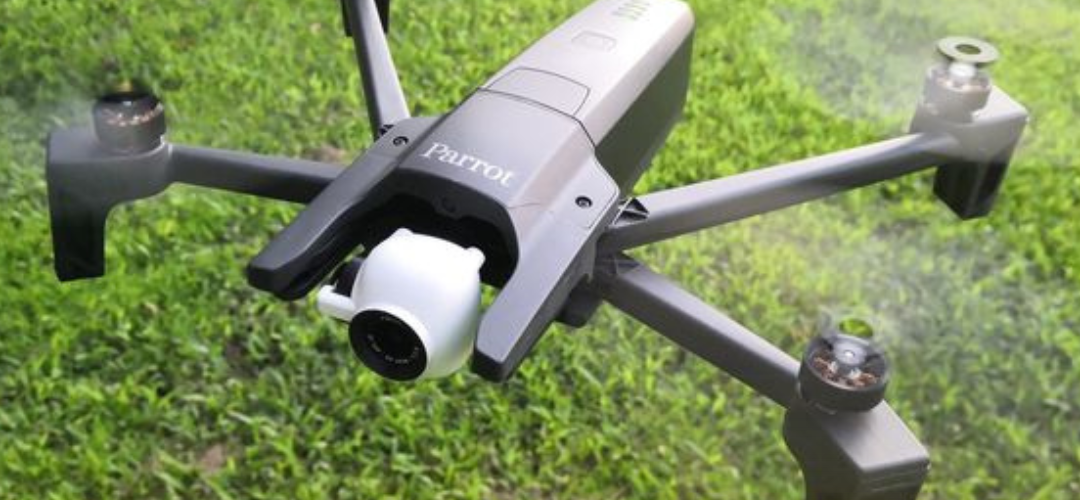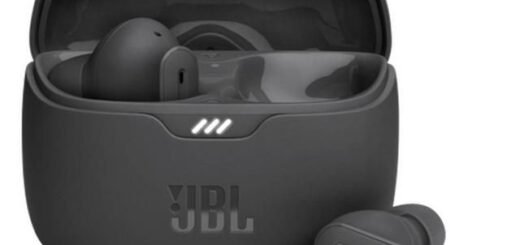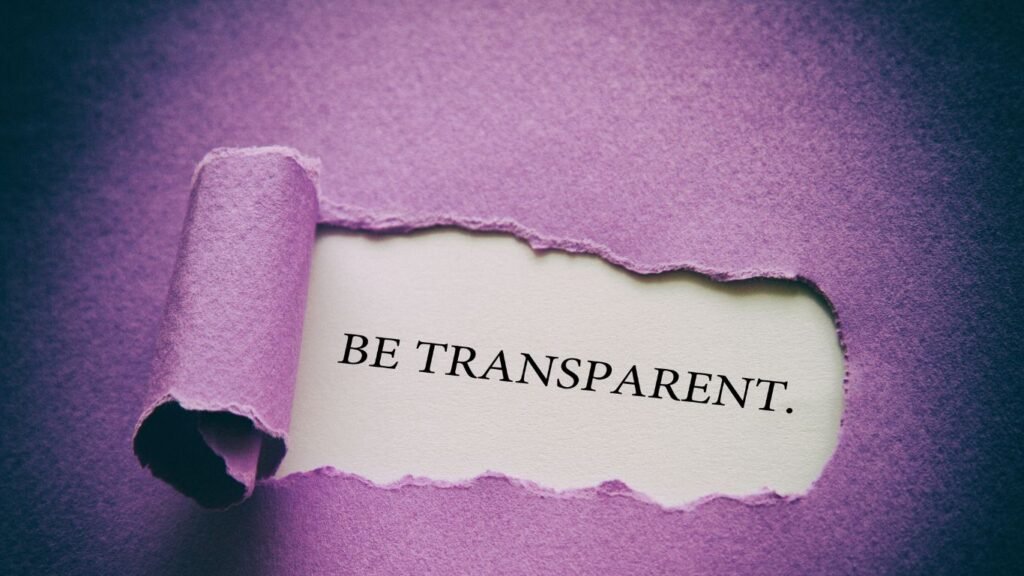Drone Review: DJI Mavic Air vs. Parrot Anafi

Drones have become increasingly popular in recent years, offering both hobbyists and professionals the ability to capture stunning aerial footage, conduct surveys, and even engage in racing. Among the plethora of options available, the DJI Mavic Air and the Parrot Anafi stand out as two of the most popular consumer drones on the market. This detailed review will compare the DJI Mavic Air and the Parrot Anafi across various aspects, including design, camera performance, flight capabilities, features, and overall value, to help you determine which drone is the better choice for your needs.
- Design and Build Quality
DJI Mavic Air
The DJI Mavic Air is renowned for its sleek and compact design. It’s a foldable drone, making it highly portable and easy to carry around. The build quality is robust, with high-quality plastic materials that ensure durability without adding unnecessary weight. The Mavic Air weighs 430 grams, making it light enough to carry in a backpack but sturdy enough to handle moderate wind conditions.
Key Design Features:
Foldable Arms: The arms fold neatly against the drone’s body, reducing its size for easy transportation.
Three-Axis Gimbal: Ensures stable and smooth footage.
Built-In Sensors: Equipped with multiple sensors for obstacle detection and enhanced flight safety.
Parrot Anafi
The Parrot Anafi also features a compact, foldable design that makes it easy to transport. It is slightly lighter than the Mavic Air, weighing 320 grams, which contributes to its portability. The Anafi’s body is made from lightweight carbon fiber, which adds to its durability while keeping the weight low.
Key Design Features:
Foldable Arms: Similar to the Mavic Air, the Anafi’s arms fold to minimize its footprint.
180-Degree Tilt Gimbal: Unique feature that allows the camera to tilt upwards and downwards, providing versatile shooting angles.
USB-C Charging: Convenient for charging the drone using modern USB-C cables.
Verdict
Both drones offer excellent design and build quality, with foldable arms and lightweight construction. The Mavic Air’s additional sensors provide an edge in terms of safety and obstacle avoidance, while the Anafi’s 180-degree tilt gimbal offers more versatility in camera angles.
- Camera Performance
DJI Mavic Air
The Mavic Air is equipped with a 12-megapixel camera that uses a 1/2.3-inch CMOS sensor. It supports 4K video recording at 30 frames per second (fps) and 1080p slow-motion video at 120 fps. The three-axis gimbal ensures smooth and stable footage, even in challenging flight conditions. The Mavic Air also supports HDR photos, enhancing the dynamic range and producing more vibrant images.
Camera Specifications:
Resolution: 12 MP photos, 4K video at 30 fps, 1080p video at 120 fps.
Gimbal: Three-axis stabilization.
HDR Support: Enhances photo quality by balancing exposure.
Parrot Anafi
The Parrot Anafi features a 21-megapixel camera with a 1/2.4-inch CMOS sensor. It can record 4K HDR video at 30 fps and 1080p video at 60 fps. The Anafi’s unique 180-degree tilt gimbal allows for creative shooting angles, such as upward-facing shots. Additionally, the camera offers a 2.8x lossless zoom, enabling users to get closer to the action without sacrificing image quality.
Camera Specifications:
Resolution: 21 MP photos, 4K HDR video at 30 fps, 1080p video at 60 fps.
Gimbal: Two-axis stabilization with 180-degree tilt.
Zoom: 2.8x lossless zoom.
Verdict
The Parrot Anafi’s camera offers higher resolution photos and the unique ability to tilt 180 degrees, which can be advantageous for certain shots. However, the Mavic Air’s three-axis gimbal provides superior stabilization, ensuring smoother video footage. The choice between the two will depend on whether you prioritize higher resolution and zoom capabilities (Anafi) or better stabilization and HDR support (Mavic Air).
- Flight Performance and Battery Life
DJI Mavic Air
The DJI Mavic Air boasts impressive flight performance, with a maximum flight time of 21 minutes on a single charge. It has a top speed of 42.5 mph (68.4 kph) in Sport mode and a maximum transmission range of 4 kilometers (2.5 miles). The Mavic Air is equipped with forward, backward, and downward obstacle sensing, enhancing its flight safety and allowing for more confident flying in complex environments.
Flight Specifications:
Flight Time: Up to 21 minutes.
Top Speed: 42.5 mph (68.4 kph).
Transmission Range: 4 km (2.5 miles).
Obstacle Sensing: Forward, backward, and downward.
Parrot Anafi
The Parrot Anafi offers a slightly longer maximum flight time of 25 minutes. Its top speed is 33 mph (53 kph), and it has a maximum transmission range of 4 kilometers (2.5 miles). The Anafi does not have obstacle sensing capabilities, which can be a disadvantage in complex flight environments. However, its quiet flight operations make it less intrusive and more discreet.
Flight Specifications:
Flight Time: Up to 25 minutes.
Top Speed: 33 mph (53 kph).
Transmission Range: 4 km (2.5 miles).
Obstacle Sensing: None.
Verdict
The DJI Mavic Air offers superior flight performance with higher top speed and obstacle sensing capabilities, making it a safer choice for flying in challenging environments. The Parrot Anafi provides a slightly longer flight time and quieter operation, which can be beneficial for extended and discreet flying sessions. Your choice will depend on whether you prioritize safety features (Mavic Air) or flight duration and noise levels (Anafi).
- Features and Usability
DJI Mavic Air
The DJI Mavic Air is packed with features that enhance its usability and overall flying experience. Some of the standout features include:
ActiveTrack: Automatically follows and films a subject while avoiding obstacles.
QuickShots: Pre-programmed flight modes that allow for creative shots with minimal effort.
SmartCapture: Gesture-based control for taking photos and videos.
Advanced Pilot Assistance Systems (APAS): Helps the drone avoid obstacles automatically.
Internal Storage: 8 GB of internal storage with a microSD card slot for additional storage.
Parrot Anafi
The Parrot Anafi also offers several features designed to enhance usability and creativity:
Follow Me: Automatically follows the user, keeping them in the frame.
CineShots: Pre-programmed flight paths for cinematic shots.
SmartDronies: Automated selfies with creative flight maneuvers.
Return to Home: Automatically returns to the takeoff point if the connection is lost or the battery is low.
USB-C Charging: Convenient charging with modern USB-C cables.
Verdict
Both drones offer a range of features that cater to different user needs. The Mavic Air’s obstacle avoidance and gesture controls provide a higher level of safety and convenience. In contrast, the Anafi’s unique camera capabilities and USB-C charging offer practical advantages. The choice will depend on which features are more important to your flying style and needs.
- Price and Value
DJI Mavic Air
The DJI Mavic Air is positioned as a premium consumer drone, reflecting its advanced features and capabilities. As of the latest pricing, the Mavic Air is available for around $799, with additional accessories and Fly More Combo packages available for a higher price.
Parrot Anafi
The Parrot Anafi is priced slightly lower than the Mavic Air, making it an attractive option for budget-conscious buyers. The Anafi is available for approximately $699, with additional accessories and packages available for purchase.
Verdict
While the DJI Mavic Air is more expensive, it offers advanced features and superior performance that justify the higher price tag. The Parrot Anafi provides excellent value for its price, especially for those who prioritize camera capabilities and portability. The decision will ultimately depend on your budget and the specific features you value most in a drone.
- User Experience and Community Feedback
DJI Mavic Air
The DJI Mavic Air has received widespread acclaim from users and reviewers for its robust build, excellent camera performance, and advanced features. Common praises include:
Ease of Use: Users appreciate the intuitive controls and user-friendly interface.
Flight Stability: The drone’s stability in various conditions is frequently highlighted.
Camera Quality: The three-axis gimbal and HDR support are often praised for producing high-quality footage.
However, some users have noted that the battery life, while decent, could be better, and the price may be a barrier for some potential buyers.
Parrot Anafi
The Parrot Anafi has also garnered positive reviews for its unique features and portability. Common praises include:
Camera Flexibility: The 180-degree tilt gimbal and lossless zoom are frequently highlighted as standout features.
Portability: Users appreciate the lightweight design and ease of transportation.
Quiet Operation: The Anafi’s quiet flight is often mentioned as a significant advantage.
Some users have pointed out the lack of obstacle avoidance as a drawback, and while the build quality is generally praised, some feel it could be more robust.
Verdict
Both drones have received positive feedback from users and reviewers, each excelling in different areas. The Mavic Air is often praised for its overall performance and safety features, while the Anafi is noted for its camera flexibility and portability. Your choice will depend on which aspects you prioritize in your drone experience.
Both the DJI Mavic Air and the Parrot Anafi are excellent drones, each with its unique strengths and weaknesses. The Mavic Air offers superior flight performance, advanced safety features, and high-quality stabilization, making it an excellent choice for those who prioritize these aspects. On the other hand, the Parrot Anafi provides a higher resolution camera, unique gimbal capabilities, and excellent portability at a lower price, appealing to budget-conscious buyers and those who need versatile camera angles.
When deciding between the two, consider your specific needs, budget, and the features you value most. Whether you choose the Mavic Air or the Anafi, both drones will provide a high-quality aerial experience, allowing you to capture stunning footage and explore new perspectives.













